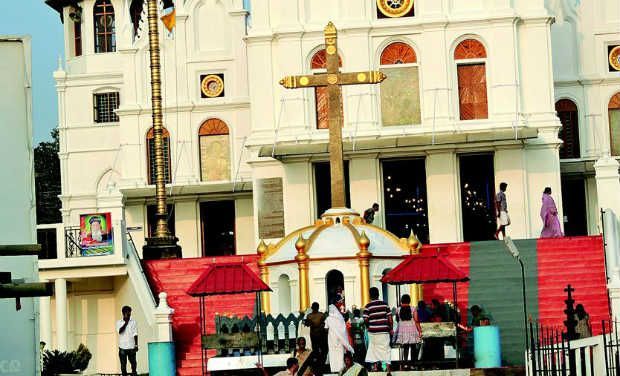
Chennai:
Situated between commercial establishments on Armenian Street, opposite the Madras high court, is the Armenian Church. One of the oldest churches in India, tombs of about 350 Armenians can be found there. But, according to Satenig Batwagan, researcher and historian at the Society for Armenian Studies, Paris, that number actually pales in comparison when one considers the ‘countless Armenians’, who led a happy and prosperous life in old Madras.
Currently in Chennai to organise ‘Armenians in Madras’, an exhibition at Armenian Church as part of the Madras Week celebrations, Ms Batwagan says, “a lot of Armenian school children, today, are aware of the role played by Armenians in Madras. They are curious to know about their past and Madras, especially, played a significant role.” Tracing the movement of Armenians to modern day Chennai, Ms. Batwagan says, “Unlike other Europeans, like the Portuguese, Dutch and French, who also came during the 17th and 18th centuries, the Armenians were primarily merchants and had no colonial intentions. Thus, they were well regarded by locals.”
Giving a measure of the prominent connection between Madras and Armenia, she says it was here in the year 1780, that Shahamir Shahamirian wrote the first constitution for the Armenian state. Another person, Haruthyun Shmavonian, priest at the local St. Mary’s Church brought out Azdarar (The Monitor), the first ever Armenian periodical, in 1794. Quite appropriately, he is referred to as the founder of the Armenian Press. Besides, an altar curtain made in Madras in 1789 can be found at the treasury in Edjmiadzin, holy city of Armenia.